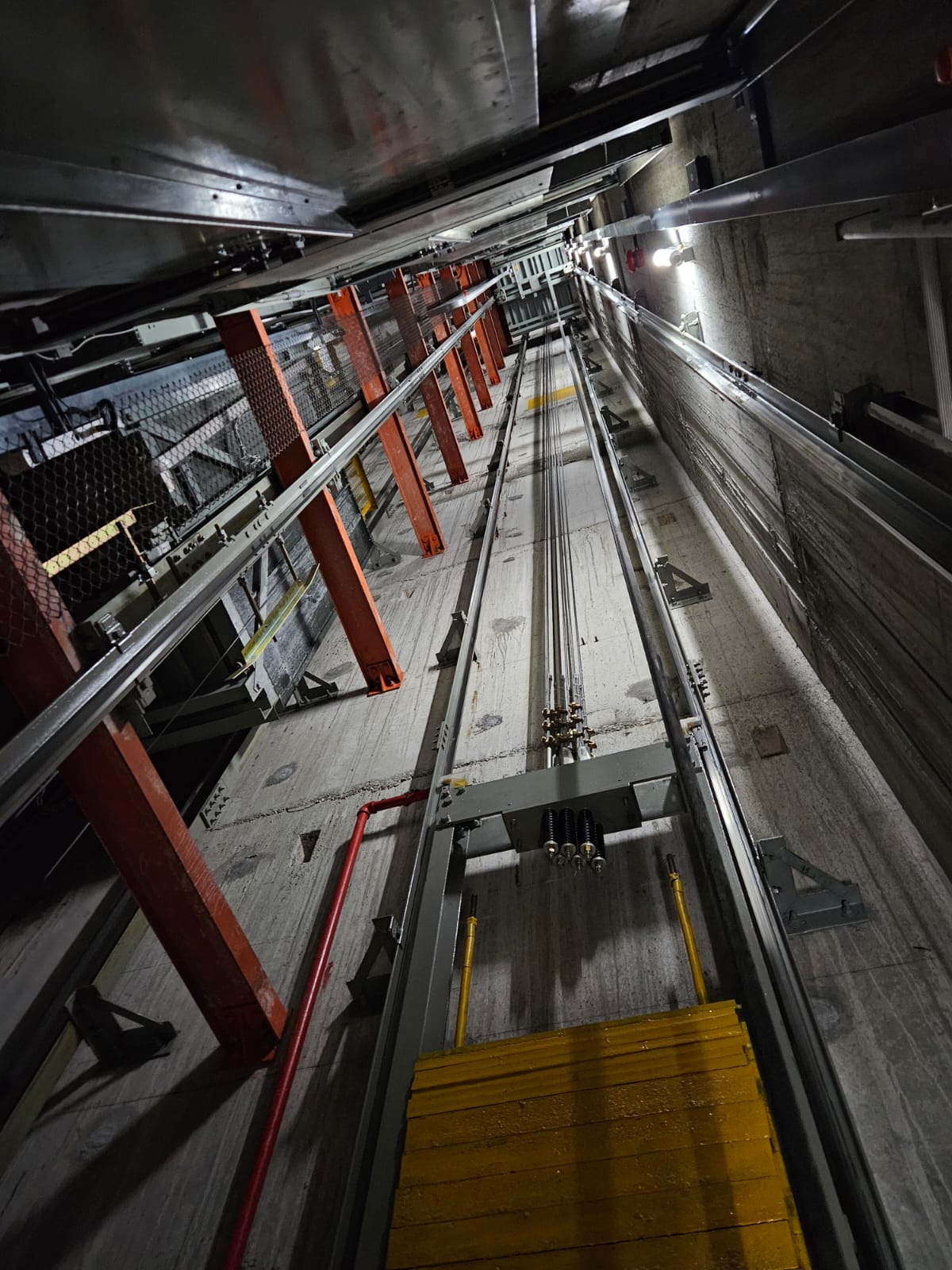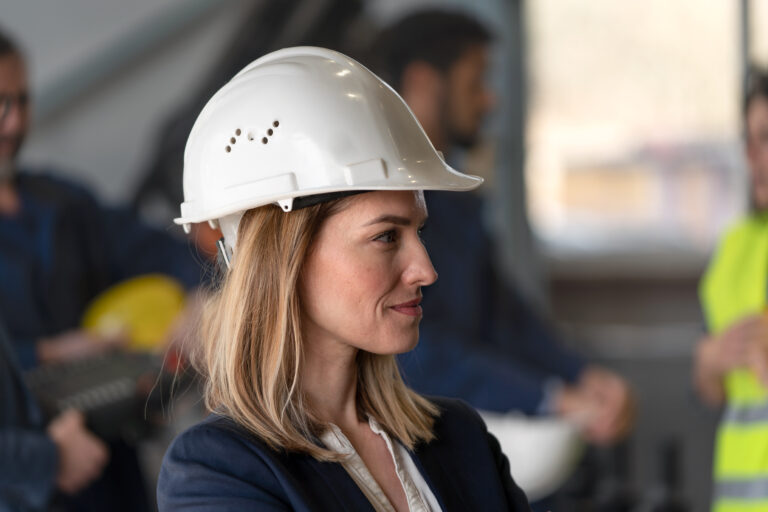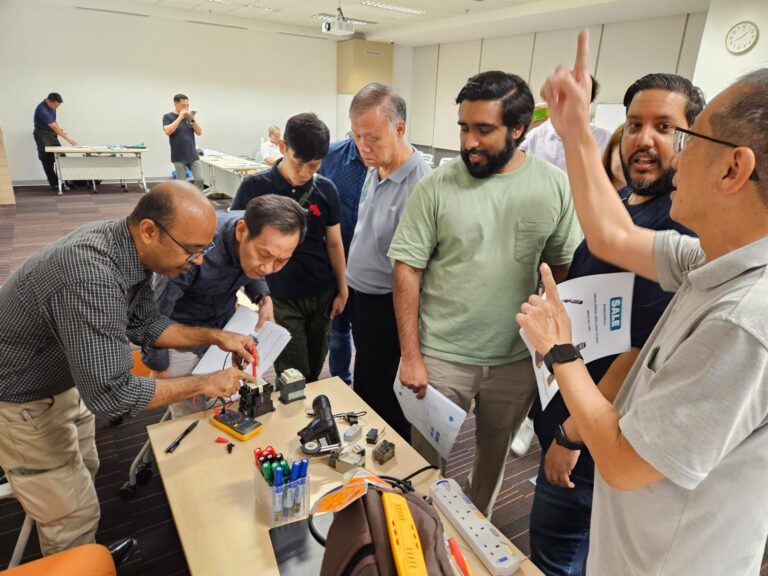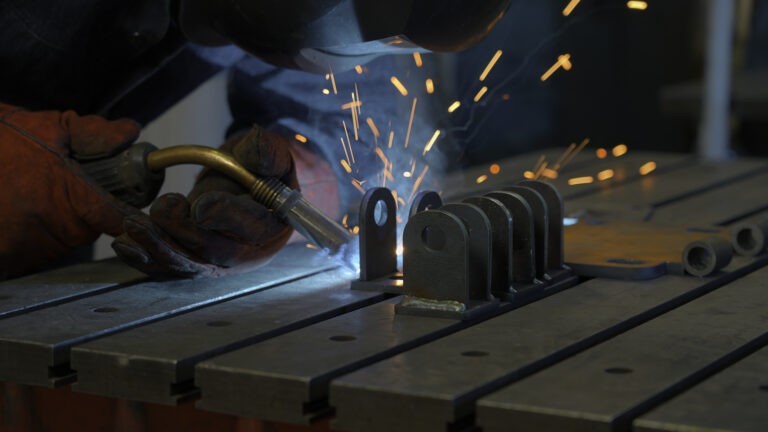
How To Do Escalator Audit
The Definitive Guide to Lift Maintenance: A Building Manager’s Handbook Lifts and escalators are the lifeblood of any modern building, quietly ensuring a smooth flow

Lifts and escalators are the lifeblood of any modern building, quietly ensuring a smooth flow of traffic for tenants, visitors, and employees alike. Yet, their importance is often taken for granted—until they stop working. A single out-of-service lift can disrupt an entire building, inconvenience hundreds of people, and pose a significant safety risk. So, what exactly goes into keeping these complex machines running flawlessly? The answer lies in a comprehensive and consistent maintenance program.
Proper lift maintenance is about much more than just a routine check-up. It’s an essential strategy for safeguarding your building’s most valuable assets.
Safety First: This is the most critical reason. Regular inspections are designed to identify and fix minor issues before they become major safety hazards. It’s a proactive approach that protects passengers and ensures compliance with all local safety regulations and building codes.
Preventing Costly Breakdowns: Emergency repairs are always more expensive than scheduled preventive care. By adhering to a regular maintenance plan, you minimize the risk of unexpected failures, avoid costly call-out fees, and protect your budget from unforeseen expenses.
Ensuring Optimal Performance: Consistent maintenance keeps all components running smoothly, guaranteeing a comfortable and reliable ride. A well-maintained lift is a silent testament to a professionally managed property that prioritizes the experience of its occupants.

A thorough maintenance program is a multi-step process handled by a qualified technician. While the specifics can vary by equipment type, a quality inspection always includes these key steps:
Systematic Inspections: Technicians will conduct a full visual and operational inspection of all key components, including the motor, cables, sheave, and brake system. They check for wear and tear, proper alignment, and any signs of potential failure.
Lubrication and Adjustments: All moving parts, such as the hoisting ropes and guide rails, require proper lubrication to prevent friction and wear. This process ensures smooth operation and extends the lifespan of the equipment. Minor adjustments to door operators and leveling systems are also made to prevent future issues.
Thorough Component Testing: Safety is paramount. Technicians perform rigorous testing on all safety features, including the emergency brake, door sensors, overload systems, and emergency communication devices. This ensures that every safety mechanism will function correctly in a real-world scenario.
Detailed Record Keeping: A professional maintenance service will provide a comprehensive report after every visit, detailing all checks performed, parts replaced, and any recommendations for future service. This documentation is essential for tracking your equipment’s health and ensuring regulatory compliance.
Your role as a building manager is to choose the right partner. Work with a reputable maintenance company that has a proven track record of excellence. Ensure your service agreement is clear and that technicians are trained on your specific equipment. By investing in professional, consistent care, you are not just maintaining a machine—you are ensuring the safety, reliability, and long-term value of your entire property.

The Definitive Guide to Lift Maintenance: A Building Manager’s Handbook Lifts and escalators are the lifeblood of any modern building, quietly ensuring a smooth flow

The Definitive Guide to Lift Maintenance: A Building Manager’s Handbook Lifts and escalators are the lifeblood of any modern building, quietly ensuring a smooth flow

The Definitive Guide to Lift Maintenance: A Building Manager’s Handbook Lifts and escalators are the lifeblood of any modern building, quietly ensuring a smooth flow